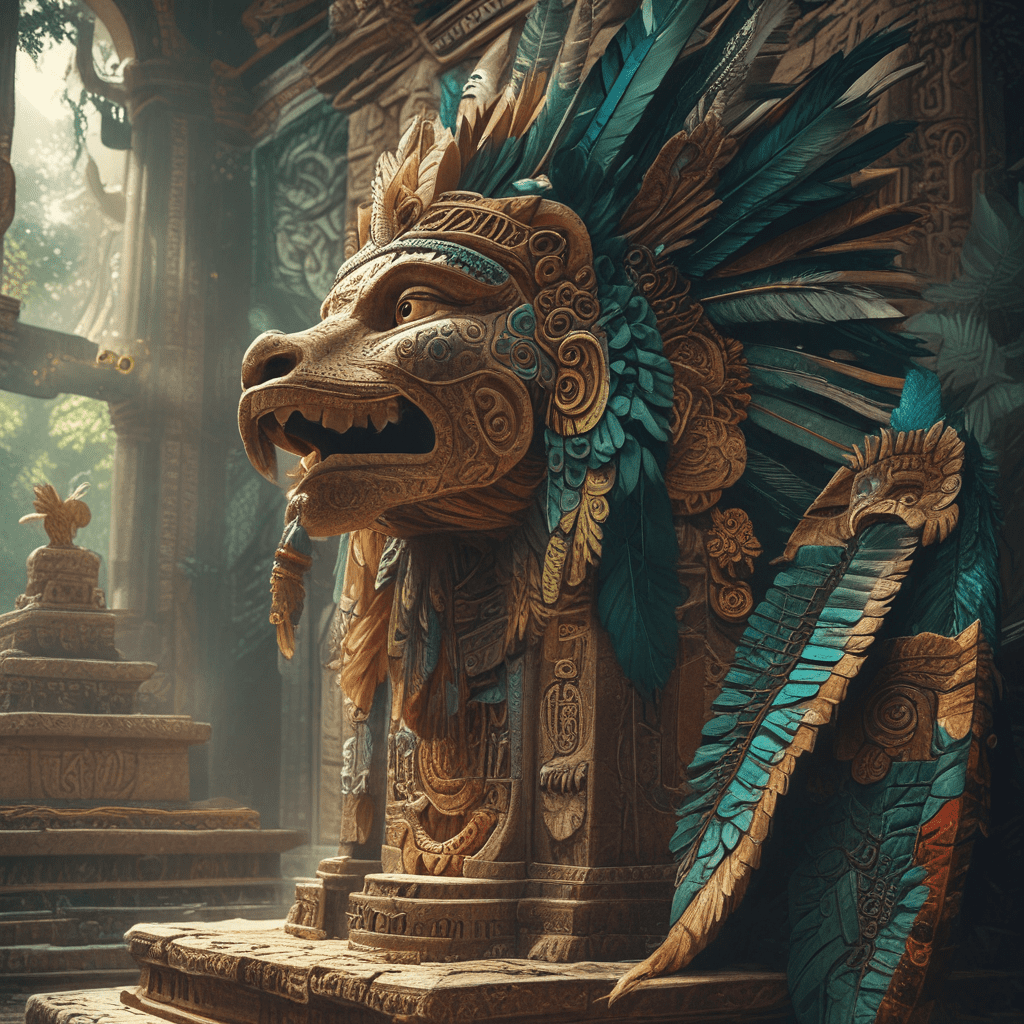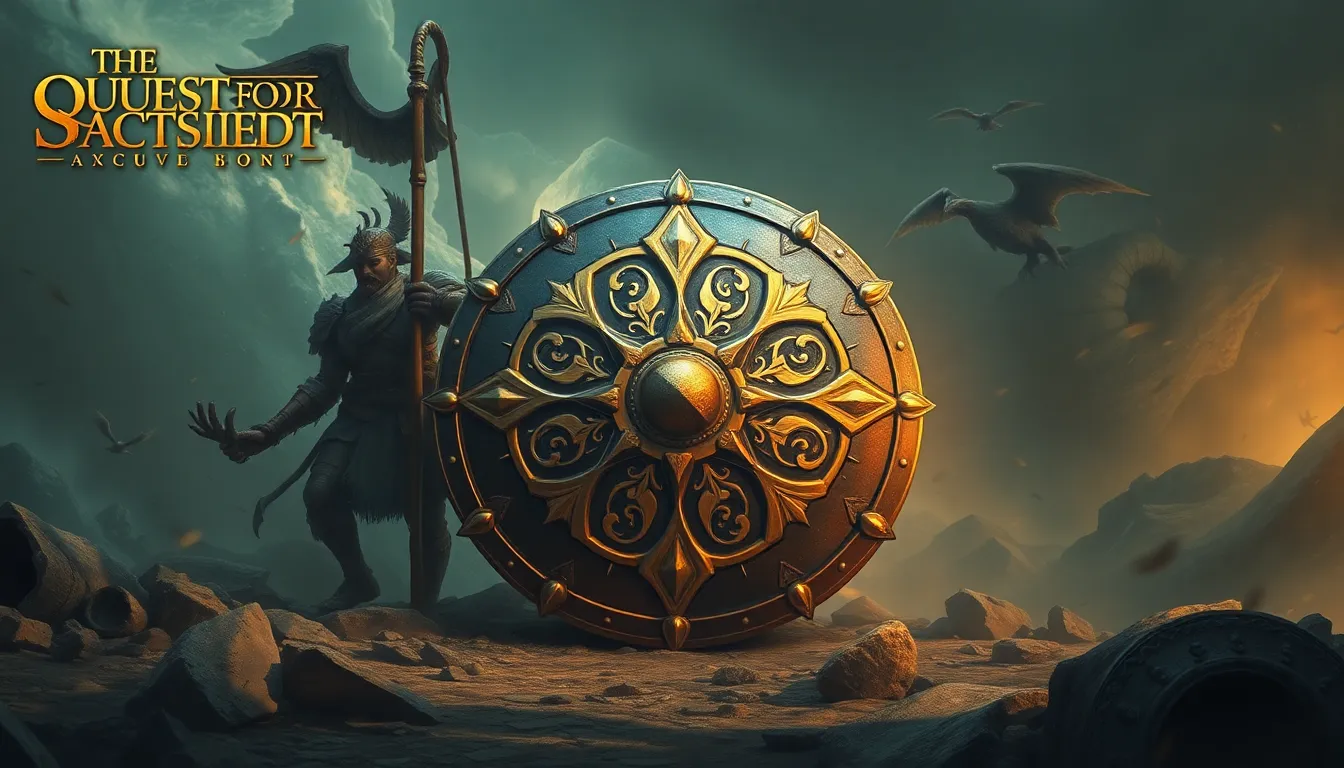The Sneaky Side of Mythology: Exploring Trickster Archetypes
I. Introduction
Trickster archetypes are fascinating figures found in various mythologies around the world. They often embody a blend of chaos and creativity, serving as catalysts for change and challenging societal norms. This article explores the significance of tricksters in mythology, their characteristics, and their enduring presence in cultural narratives.
Understanding trickster figures is crucial for grasping the complexities of human experience, as they often reflect our inner conflicts and societal dynamics. We will delve into the nature and historical context of tricksters, examine prominent examples across cultures, and discuss their roles in society and psychology. Finally, we will explore their representation in modern literature and media, highlighting the lessons we can learn from these cunning characters.
II. The Nature of the Trickster
Trickster archetypes are characterized by several distinct traits:
- Playfulness and Humor
- Intelligence and Cunning
- Nonconformity and Rebellion
- Transformative Abilities
These figures often embody a duality; they can be both creators and destroyers. They disrupt the status quo, leading to both chaos and new beginnings. Depending on cultural contexts, tricksters may be viewed as heroes or villains, embodying the complexity of human nature.
Across different cultures, the perception of tricksters varies. In some traditions, they are revered as wise figures who teach important lessons, while in others, they are seen as mischievous troublemakers who challenge authority.
III. Historical Context of Trickster Myths
Trickster tales have roots in ancient cultures, often emerging from the need to explain the world and human behavior. These narratives have evolved over time, adapting to societal changes and cultural exchanges.
The origins of trickster myths can be traced back to:
- Indigenous oral traditions
- Folklore and fables
- Religious texts and parables
A comparison of trickster myths reveals intriguing similarities and differences:
- Common themes include deception, transformation, and the blurring of boundaries between good and evil.
- Diverse cultural settings provide unique interpretations of the trickster’s role and significance.
IV. Prominent Trickster Figures in Various Mythologies
Numerous trickster figures stand out in global mythologies:
A. Loki from Norse Mythology
Loki is a complex figure known for his cunning and unpredictable nature. While he aids the gods, his actions often lead to chaos, showcasing the duality of the trickster.
B. Anansi from African Folklore
Anansi, the spider, is celebrated for his intelligence and cleverness. Through tales of his deceit, Anansi teaches moral lessons about wisdom and resourcefulness.
C. Coyote from Native American Traditions
Coyote is a prominent trickster in many Native American cultures, often depicted as a fool and a sage. His stories highlight the importance of adaptability and the consequences of foolishness.
D. Hermes from Greek Mythology
Hermes, the messenger of the gods, embodies the trickster archetype through his cleverness and ability to navigate between worlds. He represents communication and the exchange of ideas.
V. The Role of the Trickster in Society
Tricksters serve as social commentators, reflecting societal norms and exposing hypocrisy. Their actions often challenge established order, prompting critical reflection on cultural values.
The trickster’s function in cultural narratives includes:
- Encouraging social change and reform
- Facilitating dialogue about taboo subjects
- Providing humor in times of distress
By breaking social norms, tricksters encourage innovation and flexibility within societies, prompting individuals to reconsider their beliefs and practices.
VI. Psychological Interpretations of Trickster Archetypes
In Jungian psychology, tricksters represent aspects of the unconscious. They embody the chaotic and unpredictable elements of the psyche, urging individuals to confront their shadow selves.
Tricksters serve as symbols of the unconscious by:
- Revealing hidden desires and fears
- Challenging rigid structures of thought
- Facilitating personal growth through confrontation
The healing power of trickster myths lies in their ability to help individuals navigate life’s complexities with humor and insight.
VII. Tricksters in Modern Literature and Pop Culture
Today, trickster archetypes continue to thrive in contemporary fiction, film, and television. Their adaptability allows them to resonate with modern audiences.
Examples of trickster characters in modern media include:
- Jack Sparrow from the “Pirates of the Caribbean” series
- Deadpool from Marvel Comics
- Tom Sawyer from Mark Twain’s novels
The relevance of tricksters in today’s society is evident as they challenge norms and inspire creativity, reminding us of the importance of questioning authority and embracing change.
VIII. Lessons from Trickster Tales
Trickster tales often convey moral ambiguities and ethical dilemmas, encouraging reflection on what it means to be human. Key lessons include:
- The importance of resilience and adaptability in the face of adversity
- Understanding the value of humor and wit during difficult times
- Recognizing the complexity of ethical decision-making
These stories invite us to consider various perspectives and embrace the unpredictable nature of life.
IX. Conclusion
In summary, trickster archetypes play a crucial role in mythology and human experience. Their characteristics as both creators and destroyers highlight the complexities of existence and the importance of questioning societal norms.
The enduring appeal of tricksters in modern storytelling reflects our ongoing fascination with the clever, the mischievous, and the transformative. As we navigate our own lives, the lessons from trickster tales remind us of the value of humor, adaptability, and critical thinking.
X. Further Reading and Resources
For those interested in exploring trickster archetypes further, consider the following resources:
A. Recommended Books and Articles on Mythology and Tricksters
- “The Trickster in West African Literature” by T. A. M. Attah
- “The Trickster: A Study in American Indian Mythology” by Paul Radin
B. Online Resources and Documentaries
- The Mythology Podcast
- Documentaries on Indigenous Mythologies
C. Suggested Cultural Events and Workshops Exploring Myth
- Local storytelling festivals
- Workshops on mythology in contemporary art




